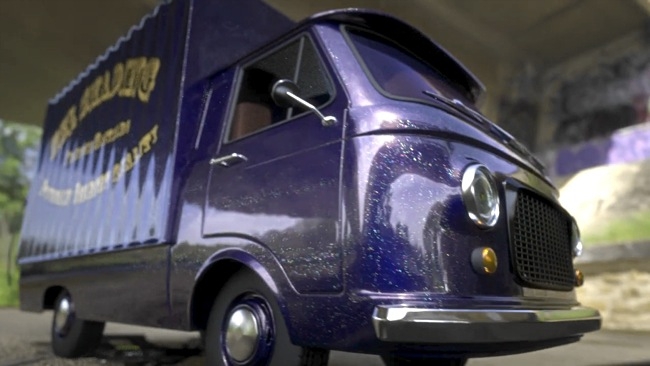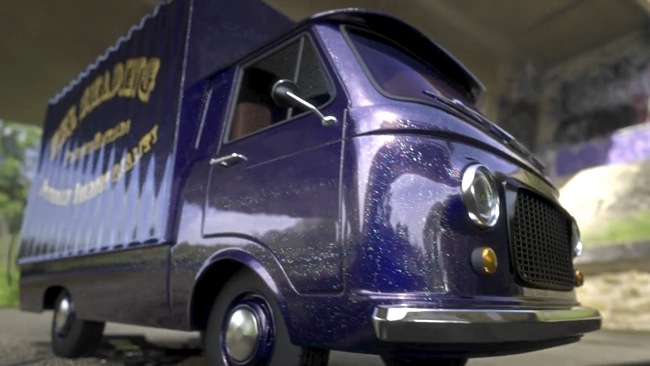
 Physically Accurate Layer Shading
Physically Accurate Layer Shading
Here's a way to improve the look of your textures in 3D animation tools like Blender
Many surfaces that we see in real life have a much more complicated behaviour than you'd think. Skin, for example, absorbs light and re-transmits it, giving it its characteristic "glow". Modelling skin accurately is therefore quite a challenge. (This RedShark piece shows an astonishingly realistic facial animation and explains the work that went into it)
A bit of extra attention
Inanimate objects like cars pose less of a challenge, perhaps, but still need that extra bit of attention if they're going to look right. Some vehicular paint textures are very complex and need multi-layer treatment.
The video below shows a nice example: you can see the layers at work. For a more detailed tutorial, you can go here. It's a French-language site but the tutorial is in English.
Tags: Post & VFX



Comments